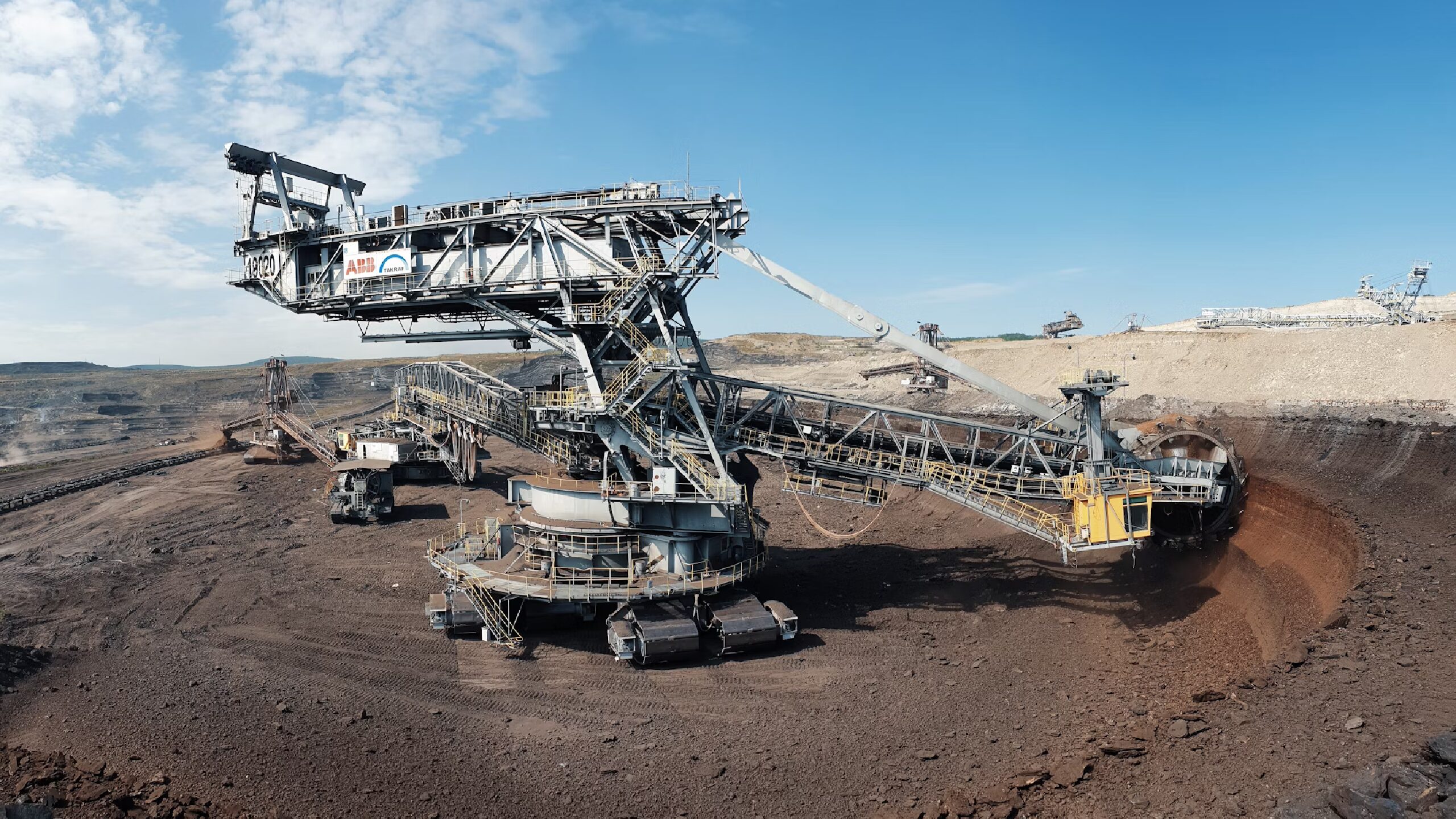Five investor lessons from FY22
July is often a time of reflection for investors. It’s the quiet period in between the storm of tax-loss selling in June and reporting season in August. The prior financial year has finished, and the new one begins. Not wanting to waste a learning opportunity, here are five lessons every investor can take away from FY22.
Lesson #1: Always use a margin of safety
Margin of safety is one of the first and most critical concepts ingrained into investors. Work out the value of an asset, and then it at discount to that value. Not to be cheap, but in case the valuation is wrong. In FY22, investors realised this learning isn’t applicable to just markets, but to life more broadly.
When the pandemic hit, the Reserve Bank of Australia (RBA) lowered rates and pumped markets with liquidity to prevent the economy from collapsing. While at the time this was necessary, the RBA kept its foot on the pedal for too long. It ignored inflationary pressures and the treasure chest of savings households and businesses had accumulated. Worst of all, the RBA, via its policy statements, guided the Australian public that rates would stay still under 2024 based on its own analysis.
“It will not increase the cash rate until actual inflation is sustainably within the 2 to 3 per cent target range. The central scenario for the economy is that this condition will not be met before 2024″ – Monetary policy statement by Philip Lowe, October 5 2021
As most investors know, forecasting is more art than science. Inflation soared and subsequently, Lowe had to backflip on his comments. Fast-forward to today, and the cash rate is up 125 basis points in two months. Many homeowners, particularly recent buyers, are rightly vexed at Lowe for being so abhorrently wrong. But the real lesson is that whether in investing or in life, always leave a margin of safety. It doesn’t matter until it does.
Lesson #2: When the proverbial hits the fan, cash flow is what matters
Last week we wrote that 2022 marked the end of the price-to-sales ratio. For the better part of a decade, venture capital and technology investors have used this ratio to justify lofty valuations for companies with low or negative earnings. The idea is that as the business scales, more profit hits the bottom line and these once-breakeven businesses become cash-generating machines. That narrative worked when interest rates were pegged at zero and investors had to move up the risk curve to achieve a decent absolute return.
But with central banks forced to react to inflation, interest rates are now on the up. Add in a war in Europe, supply constraints and rapidly rising energy prices and the market will no longer accept P/S as a valuation metric. Now, cash flow is what matters.
If a company has no earnings, the share price is likely down at least 50 per cent in the past 12 months. The air has been let out of the balloon. With more rate rises and talks of a recession, don’t expect the P/S ratio to be mentioned anytime soon. When times get difficult, cash flow is what matters.
Lesson #3: Corporate activity is a decent indicator for market bullishness (and bearishness)
Picking the top of the market is next to impossible. But there are usually key signs of exuberance, one of which is corporate actions. In the first half of FY22, 150 companies conducted an initial public offering (IPO) on the ASX. In the second half, it was just 67.
Mergers and acquisitions were also rife. Afterpay founders Nick Molnar and Anthony Eisen sold a business that lost $194 million in its last reported year to US group Block for US$29 billion. In hindsight, that looks like highway robbery. Altium shunned a $40 per share offer from competitor Autodesk. Netwealth tried to buy Praemium. Woodside bought BHP’s oil and gas business. The list goes on.
It’s always easier to list publicly or buy businesses when times are good. But this is also the time to be more cautious of what comes next.
Lesson #4: When flows start to reverse, the parties over
Lesson #5: Be cognisant of key man risk
Funds management is a brilliant business model. Upfront costs are negligible, ongoing expenses are largely fixed, and you get to make a living with other people’s money. As it scales, cash balloons to the bottom line.
Hamish Douglass and the band at Magellan used this magic formula to perfection. From 2010 to 2020, Magellan’s profits increased over 100 times. The whole strategy was built around Hamish as a financial rockstar. He hosted conferences, posed with McDonald’s (akin to Warren Buffet) and was a beacon of successful Australian funds management. But then it came crashing down.
Magellan misread the pandemic boom and performance took a dive. Investor patience began to wane. Outflows accelerated in the second half of 2021. The CEO departed, unexplained. Then its largest client ripped $23 billion away. Next, Douglass himself took medical leave. Unsurprisingly, from there it was only downhill. Without the rockstar fund manager, clients had little incentive to stick around. Over the course of FY22, the Magellan share price fell 73 per cent. On Friday Magellan announced funds under management (FUM) had halved compared to the same month last year. Earnings will fall by more, due to the nature of the aforementioned operating leverage.
When fund manager flows reverse, there’s no point sticking around. Investing is hard enough without swimming against the tide. Finally, key man risk is a double-edged sword. Great when it works, awful when it unwinds.
Information warning: The information in this article was published by The Rask Group Pty Ltd (ABN: 36 622 810 995) is limited to factual information or (at most) general financial advice only. That means, the information and advice does not take into account your objectives, financial situation or needs. It is not specific to you, your needs, goals or objectives. Because of that, you should consider if the advice is appropriate to you and your needs, before acting on the information. If you don’t know what your needs are, you should consult a trusted and licensed financial adviser who can provide you with personal financial product advice. In addition, you should obtain and read the product disclosure statement (PDS) before making a decision to acquire a financial product. Please read our Terms and Conditions and Financial Services Guide before using this website. The Rask Group Pty Ltd is a Corporate Authorised Representative (#1280930) of AFSL #383169









